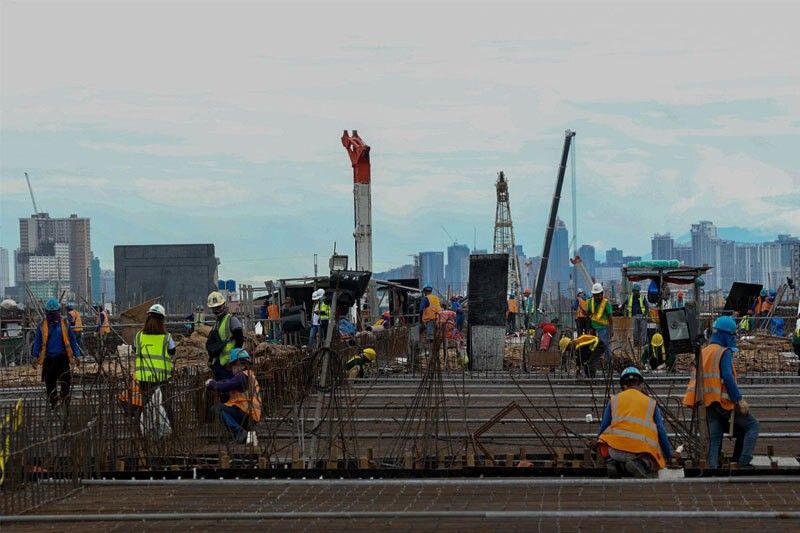ADB upgrades 2022 growth outlook on Philippines

MANILA, Philippines — The Asian Development Bank upgraded its growth prospects of the Philippine economy but remained wary on the effects of inflation and scarring of the labor market.
In a briefing for its flagship Asian Development Outlook report on Wednesday, the ADB revised its 2022 growth forecast for the domestic economy to 7.4%. This was higher than 6.5% it had previously projected as it accounted for the resurgence of consumer spending in the third quarter and sustained infrastructure spending.
The ADB lowered its growth forecast for 2023, inching down 6% from the previously-set 6.3% in its September update. This lowered projection factors in the interest rate hikes of the Bangko Sentral ng Pilipinas to combat inflation and expectations of a global economic recession.
The 2023 projection fell in line with the low range of the Marcos Jr. administration’s target of 6-7%.
Despite this, the ADB was still bullish on the domestic economy.
“The Philippine’s economic performance shattered all our forecasts for 2022. As generation Z would say, it slayed,” said Kelly Bird, ADB country chief.
The ADB, however, was optimistic that inflation would soon peak in the country. Inflation accelerated to 8% year-on-year in November, owing to supply constraints.
Bird noted that core inflation, which is computed without volatile items such as food and fuel prices, was peaking in advanced economies already. He reckoned that the Philippines’ emerging economy is just two quarters behind.
“We should expect inflation to peak soon and will slow down by 2023,” Bird added.
That said, the quality of jobs swirling in the domestic labor market is wanting. The jobless rate eased in October but there was a clear indication of less and less Filipinos looking for jobs.
Bird noted that while the labor force participation has shown improvements since contraction left by pandemic lockdowns, many are turning to the informal sector of the labor market.
“So you have big increases in supply, wage is growing but not fast enough to absorb…So they need to go to informal sector where there are unstable earnings, no skills training,” Bird said.
He explained that there were a lot of mismatch between skills and jobs going around the economy. As it is, the ADB found that while there were jobs in the domestic economy, the vacancies available were found in inferior jobs.
Even then, the ADB is encouraging the Marcos Jr. administration to continue spending on infrastructure development projects. These long-term developments offer temporary employment for many Filipinos.
Bird explained that national government needs to spend 5% of its gross domestic product annually for these projects.
“It’s going to be 10-20 years of investments to bring up the Philippines to global standards,” he said.
- Latest
- Trending

























